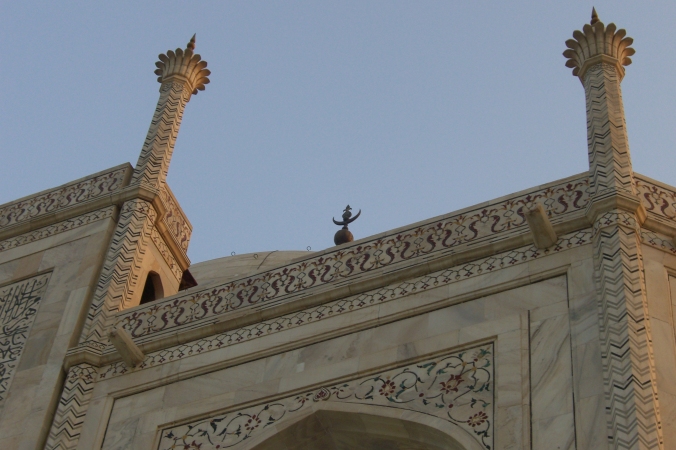



Delhi has a beautiful or rather a colourful charm when flowers are in full bloom. It is an ideal time to visit some gardens around this time.
Garden of Fives Senses is a beautiful garden spread over 20 acres in Saket, Delhi. There are theme areas like Khaas Bagh on the lines of the Mughal Gardens, herbal garden, pool of water lilies. The other highlights include sandstone elephants, sun clock, stone crafted students reading their books, amphitheater and the replica of the Mexican Mayan Labna Arc. I suggest that the best time to visit this place is during the Annual Garden Tourism Festival.
Once you have seen the garden and taken selfies with the sun kissed flowers, head straight to “Champa Gali” which is just 850 mts away (5 mins drive) for a scrumptious meal, refreshing coffee. Champa gali has its own charm with numerous Cafetarias with different themes welcoming you.
How to reach: Garden of Fives Senses is in south Delhi and the nearest metro station is Saket from where you can take an auto rickshaw. Else Ola and Uber cabs can drop you directly till the garden.





Deepika Pawar is a native of New Delhi, India. She is a Counsellor and Family Therapist in private practice. She is ‘a gypsy at heart’, a wanderer and travel enthusiast, who loves to explore new places.
























